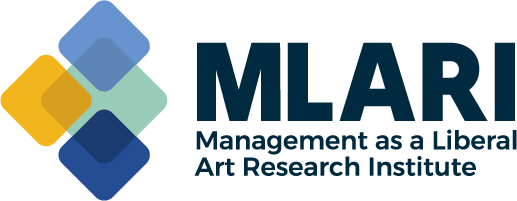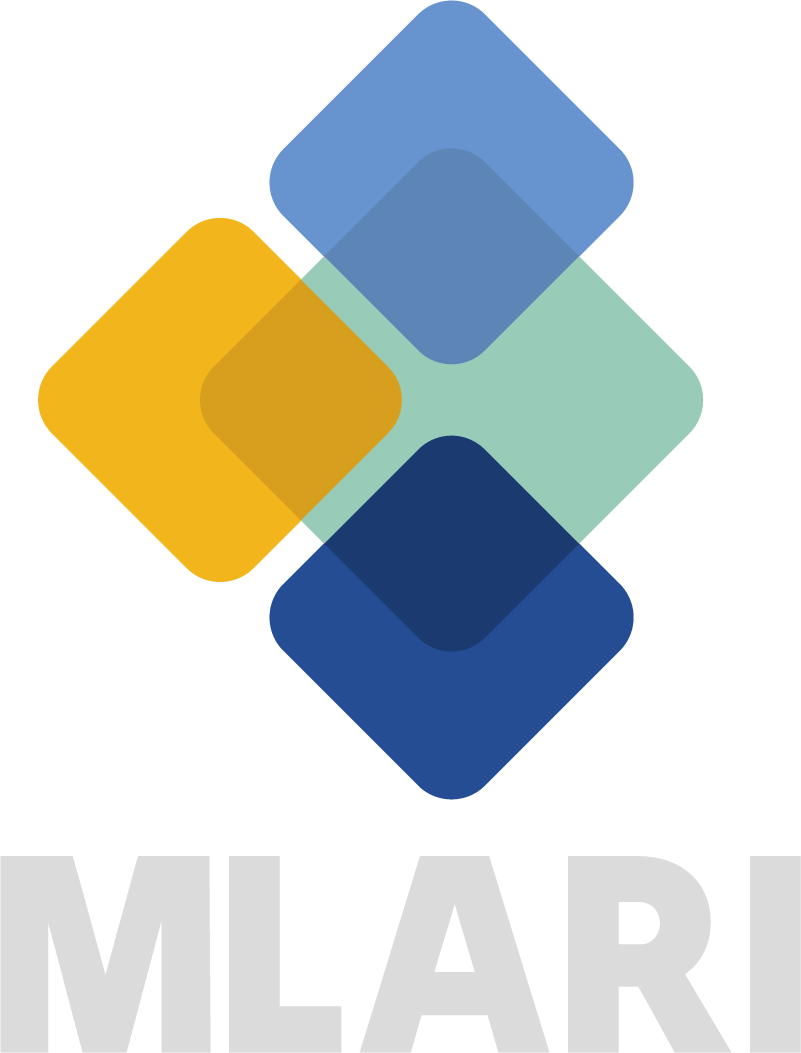Transformation of a Bystander
PUBLISHED:
What Do Being a Bystander, Moral Injury, and Purpose in Life, Have in Common?
In the 1960s, when I began my career as a police officer, I was initially shocked at the overt culture of racism, intolerance, and discrimination that I saw. My experience as a young police officer was that the “N” word was openly used and people of color were often victims of discrimination and excessive force. Women, gays, and other minorities could be the objects of jokes and disdain. Unfortunately, I believe this behavior continues to this day, although less overt and less often.
I put part of the blame for this culture on the word loyalty. Part of my unofficial training to become a police officer was that law enforcement officers are a “thin blue line” who protect society from chaos. We have to be loyal to each other; “have each other’s backs”; and “take care of our brother officers”. The effect of this “training” was that if a “brother officer” got carried away and used excessive force on an arrestee or other misconduct, other officers witnessing this excessive force would be “loyal” and not intervene or report this conduct to anyone.
Personally, I was programmed growing up to think of loyalty as an absolute moral value. It was only later in life that I realized that loyalty is a good value only if one is loyal to an ideal or loyal to an ethical organization. When I first heard the Samuel Johnson quote, “Patriotism, the last refuge of the scoundrel”, I realized that the same can be said of loyalty. Police culture was using the “value” of loyalty to cover up illegal activity.
The unwritten rule that a police officer should not turn in a fellow officer for misconduct was enforced by the knowledge that an officer who did report misconduct would be ostracized, potentially terminated, or force to resign. The movie, Serpico, directed by Sidney Lumet, based on the true story of an idealistic New York City police officer, Frank Serpico, was released in 1973. The story describes how Serpico tried to fight bribery and excessive force corruption and was forced off the department. My experiences as a police officer lead me to believe that the events depicted in the movie are accurate. One of the last lines in the movie was a statement from Serpico: “The problem is that the atmosphere does not yet exist in which honest police officers can act without fear of ridicule or reprisal from fellow officers”. Serpico believed that the majority of police officers are not corrupt, but that this majority is afraid of exposing the few officers who are corrupt.
My experience is that very few officers engage in misconduct, but the corrupt officers are allowed to continue their illegal activities because the rest of the officers choose to be bystanders, rather than report the few corrupt officers. At the Museum of Tolerance, where I am a facilitator, one of the main lessons we pass on to people is that being a bystander is not a benign act. Adolph Hitler could not have perpetrated the Holocaust if the majority of the citizens of Germany did not choose to be bystanders. They chose not to protest when their Jewish neighbors were brutalized and killed. Albert Einstein said, “The world is a dangerous place, not because of those who do evil, but because of those who look on and do nothing”.
So, when I was a police officer, where did I stand on reporting officers for misconduct? I’m sorry to say that for most of my career I chose to be a bystander. After I got over my misplaced ideas about loyalty as a value, I believed that If I reported misconduct by a fellow officer, that I would not be allowed to remain employed as a police officer. I chose to remain a police officer.
A tipping point for me about exposing misconduct by police officers started when I was testifying in a civil lawsuit for police excessive force in the mid 1980s. I was asked by the plaintiff’s attorney if I ever witnessed excessive force by police officers. I said “yes”. I was asked when was the last time I witnessed excessive force and after some thought I answered that it was in approximately the year 1979. The next question was what did I do about it. I, sadly, had to answer, “nothing”. This exchange caused me to rethink my stand on police excessive force. I came to the realization that in the several years since I was promoted to be a supervisor in 1981 I hadn’t witnessed any excessive force. I hadn’t realized that since I never witnessed excessive force any more, I had been assuming, possibly erroneously, that it suddenly stopped for some reason. Actually, I think the reason for this is that after being promoted, I was no longer trusted to not report officers who might use excessive force. No one would use excessive force while I was there. The only good news of all this was that just by my presence I was stopping any misconduct.
I was encouraged by this positional power I had, to influence whether or not officers used excessive force and decided that now was the time to take some action against it. I started speaking to officers at pre-shift roll call meetings on subjects such as respect and ethical behavior. Eventually, I organized department-wide workshops on diversity, ethics, and leadership. At a 16-hour workshop on diversity in 1993, I used the newly opened Simon Wiesenthal Center Museum of Tolerance in Los Angeles for a 4-hour field trip. The Museum uses the Holocaust as an example of what can happen when people are intolerant and disrespectful of people who are different from them and how being a bystander only encourages evil acts.
After my diversity workshop was finished, I remained at the Museum as a volunteer and helped them create a statewide program for all police officers. This is now called Tools for Tolerance for Law Enforcement. It is funded by the California Commission on Peace Officer Standards and Training and is one of the largest police training programs in California. 30 years later I still work there as a facilitator.
Maybe it’s wishful thinking or a rationalizing of my decision to be a bystander many years ago, but I would like to think that my almost 40 years of working with police officers to be more tolerant has made a difference. And I don’t think that would have been possible if I had chosen to do the right thing and violate the unofficial loyalty rule I was taught as a new police officer. I’m pretty sure I would have been terminated and forgotten.
Epilogue
A few years ago a friend told me about a new psychological field, Moral Injury, that was introduced in the 1990s. After researching this field, I began to realize that I had suffered a moral injury from all those years of being a bystander to police corruption. This injury is common among soldiers and police officers (Williamson, et al. 2018).
Moral injury is when one feels they have violated their conscience or moral compass when they take part in, witness, or fail to prevent an act that disobeys their own moral values or personal principles. The effects of moral injury can include feelings of guilt, shame, anger, sadness, anxiety, and disgust; beliefs about being bad, damaged, or unworthy; self-handicapping behaviors; loss of faith in people and avoidance of intimacy; and loss of religious faith; or loss of faith in humanity or a just world (Papadopoulos 2020).
I also realized that by serendipity or dumb luck, I had intuitively done something that gave my life a new purpose and meaning, and also allowed me to begin to heal from the moral injury I had suffered—I began working at the Museum of Tolerance. I didn’t realize it then, but I now realize that my meaning or purpose in life is to help improve law enforcement effectiveness through dialogue with police officers.
Peter Drucker, a management consultant known as the father of modern management, besides advising corporations, also advised people to manage themselves. In his essay, Managing Oneself (1999), Drucker said that people now stay in the workforce for 50 or more years and that people find the same occupation boring after 30 or 40 years. He proposed that people need a second career in order to stay engaged and active. He felt that workers should develop expertise in an area other than their primary occupation while they are still working in their first career. If they do this, they will be ready for a second meaningful and worthwhile career when the time comes. Drucker also talked about the importance of purpose in life and in business.
In an essay titled, How Will You Measure Your Life?, Harvard Business School professor Clayton M. Christiansen says, “Knowledge on the purpose of your life…is the single most important thing to learn. If a student doesn’t figure it out they will just sail off without a rudder and get buffeted in the very rough seas of life.” And, “Had I spent an hour each day learning the latest techniques of autocorrelation in regression analysis, I would have badly misspent my life. I apply the tools of econometrics a few times a year, but I apply my knowledge of the purpose of my life every day. It’s the single most useful thing I’ve ever learned.” (Christiansen 2010 p.5).
In my case, I started developing expertise in diversity, equity and inclusion in 1992 when I developed a 16-hour diversity workshop. I then helped the Museum of Tolerance develop a program to teach tolerance to police officers and stayed at the Museum as a volunteer to facilitate this program. By the time I was ready to retire from the police department, I had much expertise in facilitating diversity, equity, and inclusion workshops and made a smooth transition from the police department to the Museum of Tolerance.
Drucker was absolutely right about developing a new expertise and starting a second career. It helped me to stay engaged, active, and relevant after retirement and also helped me to start to heal from my moral injury of being a bystander fifty years ago.
References
Christiansen, Clayton M. 2010 How Will You Measure Your Life? HBRs 10 Must Reads On Managing Yourself Harvard Business School Publications
Drucker, Peter F. 2008, Managing Oneself, Harvard Business School Publications
Papadopoulos, Renos K. 2020, Moral Injury and Beyond: Understanding Human Anguish and Healing Traumatic Wounds, Routlege
Williamson, Victoria; Stevenlink, Sharon; Greenburg, Neil 2018, Occupational Moral Injury and Mental Health: Systematic Review and Meta-analysis British Journal of Psychiatry Vol. 212 Iss. 6





